This summer, the Cobra Museum is adding a nuance to art history. With the exhibition New Nuances, the Cobra Museum aims to slightly alter the image of the Cobra movement as a ‘men’s club’. New Nuances shows the work of eight woman artists in and around Cobra. Some of them celebrated artists, some of them completely forgotten.
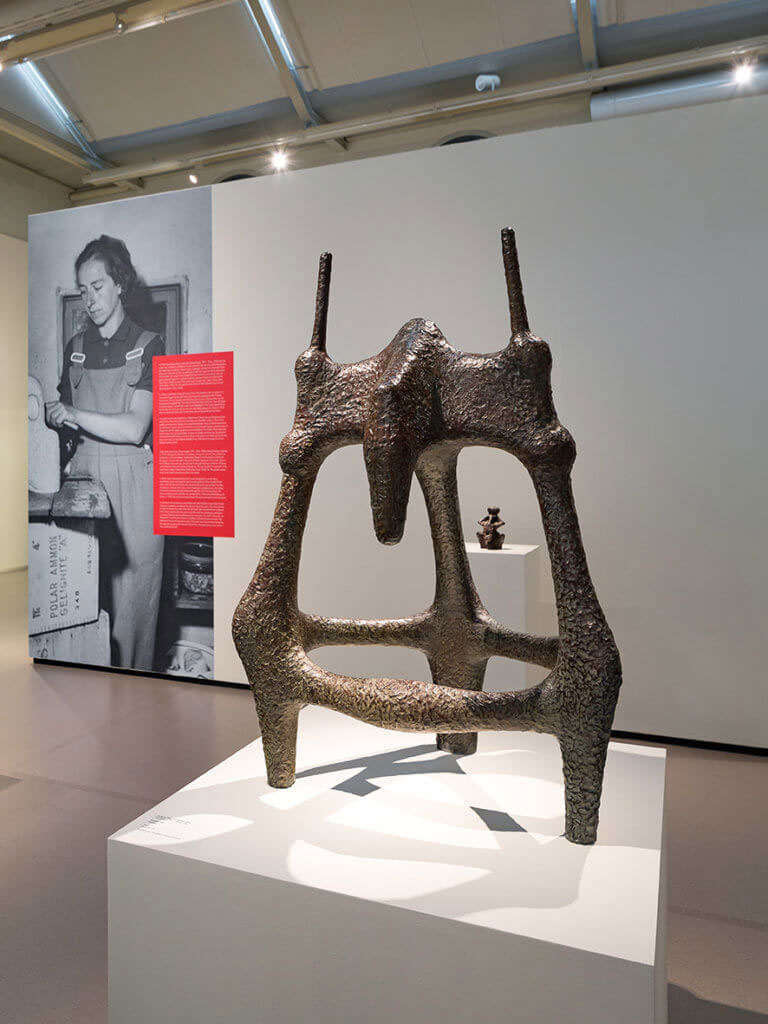
While a number of male artists always feature prominently in the history of Cobra, the female artists who contributed have remained more in the background. New Nuances celebrates the work of eight woman artists.
Part of Cobra
Sonja Ferlov Mancoba (1911, Copenhagen – 1984, Paris) and Else Afelt (1910, Copenhagen – 1974, Copenhagen) were members of Høst, a Danish art group that became part of Cobra in 1948. Ferlov Mancoba’s participation in the Cobra movement remained relatively limited, though. Her work was featured in the Cobra magazine and a booklet was also devoted to her in the series Bibliothèque de Cobra. But she did not participate in the big exhibition in Amsterdam in 1949 or the one in Liège in 1951. Ferlov Mancoba refused to take sides in the fierce discussion within the Danish art world about abstraction versus spontaneity. This is clearly reflected in her own sculptural oeuvre, which features quite figurative masks as well as sculptures in organic abstract forms. In 2019, Ferlov Mancoba will be honoured at the Statens Museum in Copenhagen and the Centre Pompidou in Paris with the largest retrospective to date, as “one of the key figures of Danish modernism”.
When the Høst Group fell apart because of the incompatible views of its members, she left for Paris, which made her less visible in Denmark. Yet Ferlov Mancoba has remained sufficiently well known to be honoured as “one of the key figures of Danish modernism” in 2019 at the Statens Museum in Copenhagen and the Centre Pompidou in Paris with the largest retrospective of her work to date.
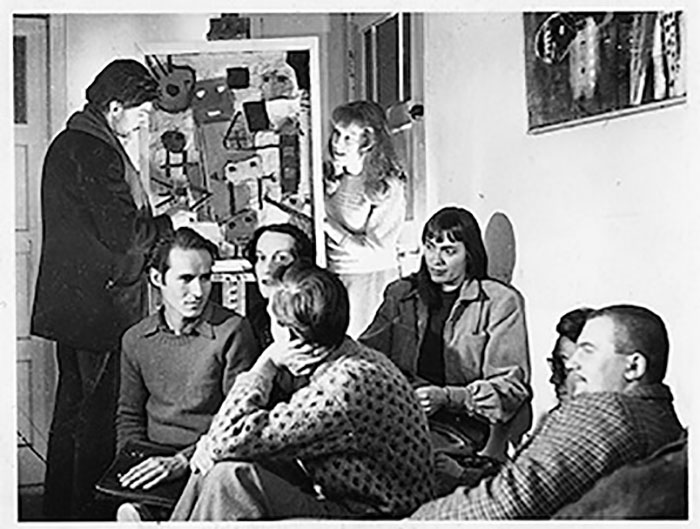
The work of Else Alfelt, on permanent display in the Carl-Henning Pedersen & Else Alfelt Museum, is very well known in Denmark. In 1949 Alfelt took part in the first major Cobra exhibition at the Stedelijk Museum Amsterdam. She was involved in various Cobra events. The poet Edouard Jaguer, who was very closely involved with Cobra, once said about Alfelt in relation to Cobra: “she is not a lamb in the werewolf’s den“. Characteristic of Alfelt’s oeuvre are her paintings of abstract landscapes. Pointed mountains that reach high into the sky with a piercing sun above them or undulating hills in softly coloured, dynamic touches. Allegedly, Alfelt’s work was a little too abstract, in the eyes of particularly the Dutch Cobra members.
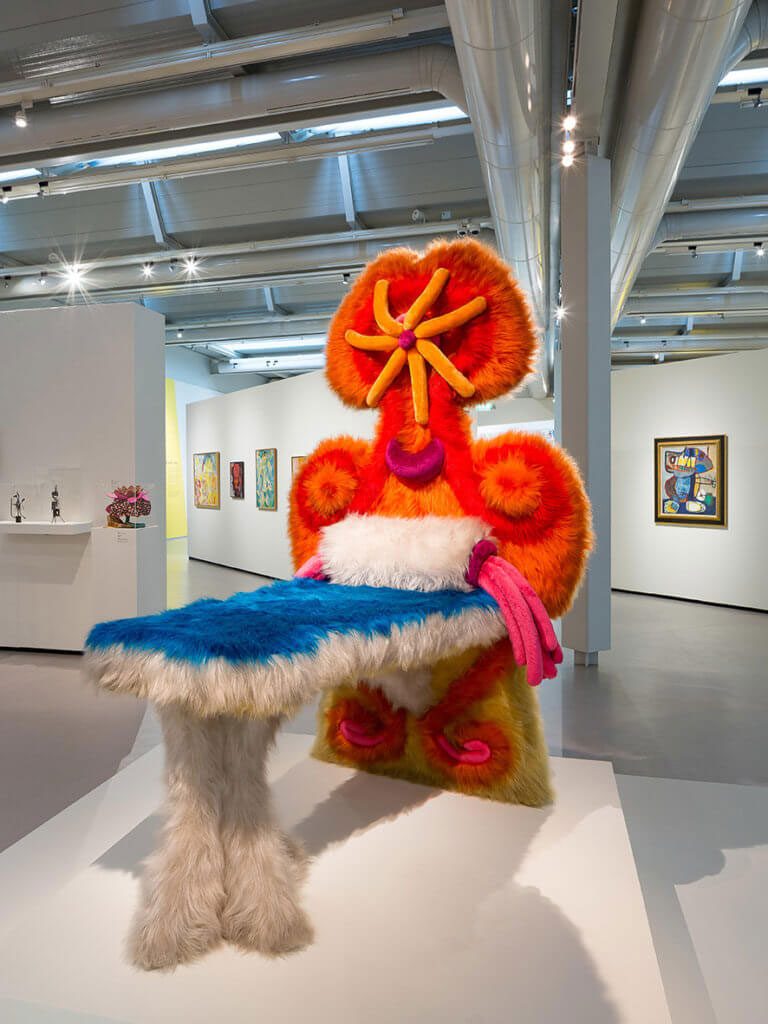
A ‘triple life’
In 1950 Ferdi (Ferdi Jansen, 1927, Arnhem – 1969, Baarlo) left for Paris, where she trained with sculptor Zadkine between 51 and 52. There, she also met Cobra member Shinkichi Tajiri (1923-2009), who she asked to teach her welding techniques. She then started to experiment with metal compositions and jewellery. Ferdi made jewellery from welded iron, a material that was quite unusual at the time. Her jewellery and other objects were initially inspired by the Cobra imagery, but their structures were soon derived from her interest in insects. After a trip to Mexico in 1965, Ferdi started making monumental flowers and ‘hortisculptures’, often made from synthetic fur and foam plastic. These works cannot be seen in isolation from the struggle in the 1960s for more sexual equality and freedom for women. Free-spirited as she was, though, Ferdi did not see herself as part of the feminist movement. She led – without feeling as if she had a lower status as a woman – a “triple life” in which she simultaneously fulfilled the roles of mother, wife and artist. For the press at the time, it was sometimes difficult to look beyond her womanhood. In reviews, she was characterised in the first place as a mother and a woman, dressed in patent-leather boots and blond wigs. Yet Ferdi managed to attract quite a lot of attention for her work. But her career came to an unexpected end with her untimely death. Her work is now part of important collections such as that of the Rijksmuseum in Amsterdam.
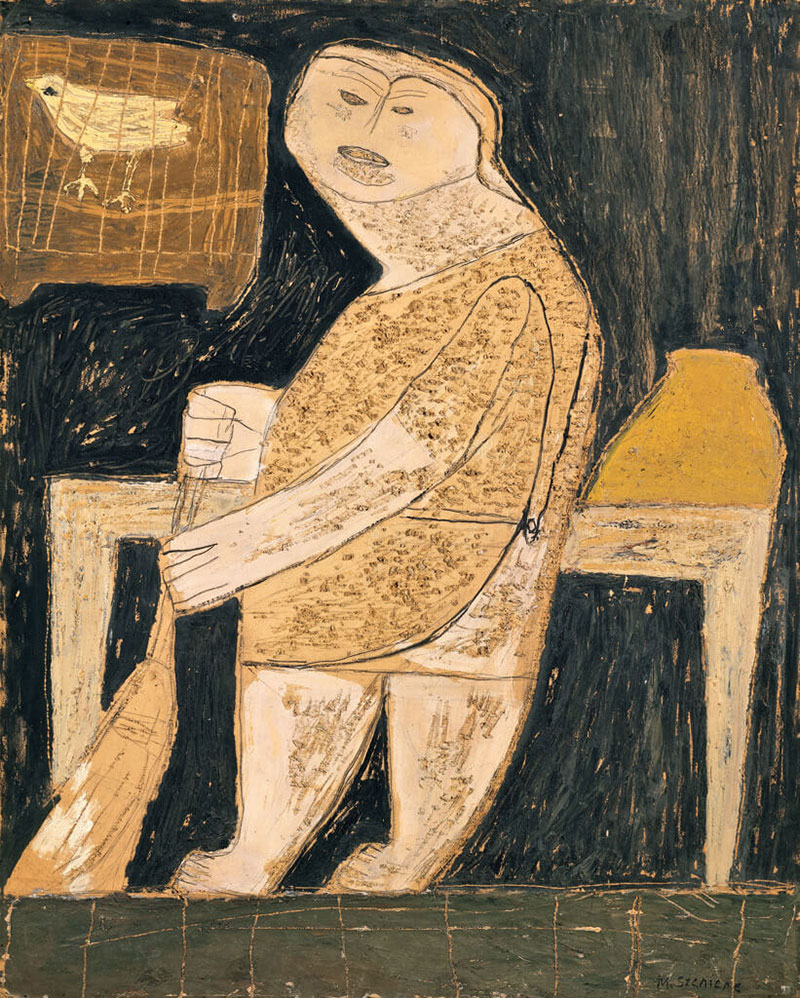
Out of love for her husband
The working method of Madeleine Szemere-Kemeny (1906, Budapest – 1993, Zurich) was akin to that of other Cobra members. She, like many Cobra artists, took inspiration from the naive character of children’s drawings and from the work of the French artist Jean Dubuffet. In 1949, at the invitation of Cobra founder Corneille, she participated in the exhibition in Amsterdam and she was regarded as a full member, although her contribution was rather minimal. Kemeny’s oeuvre consists mainly of paintings and drawings in earth tones depicting everyday scenes with women and children. Despite the quality of her work, she did not have a flourishing career in art. In 1956, she gave up painting “out of love for her husband” Zoltan Kemeny, also an artist and Cobra member. She explained: “You had to be born a man; as a wife I could not constantly compete with Zoltan.” She never stopped drawing, though. After the death of her husband, she also resumed painting.
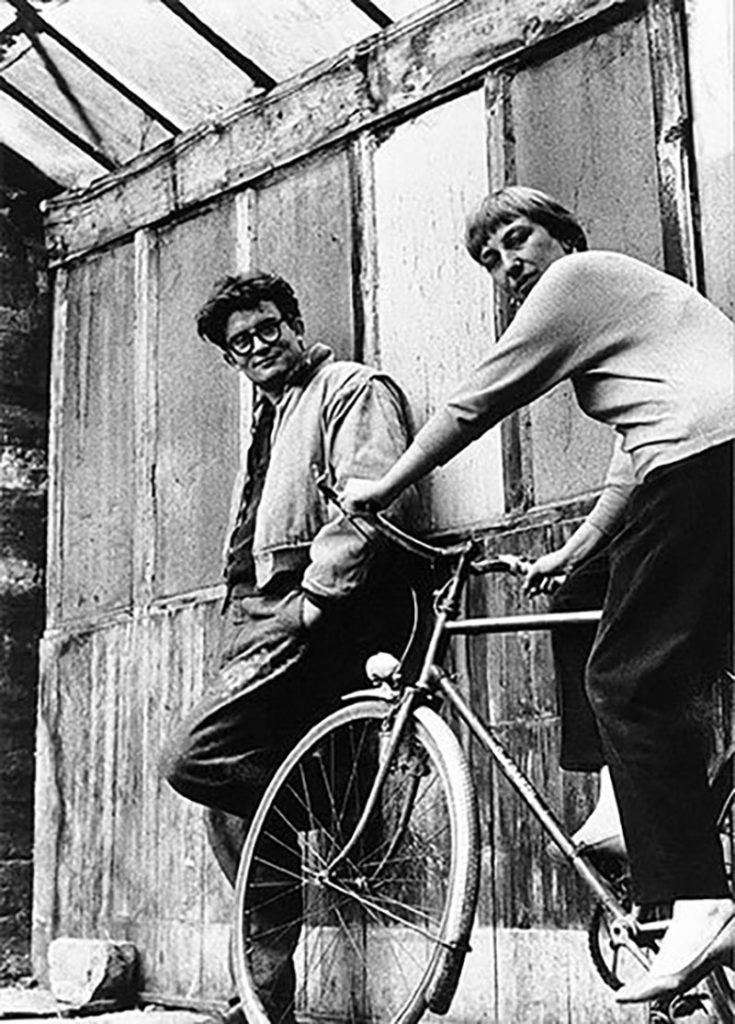
Out of love for Art
Lotti van der Gaag (1923, The Hague – 1999, Nieuwegein) placed her artistry above the social convention of marriage. She refused to marry the artist Kees van Bohemen.“Kees van Bohemen wanted to marry me, but then he would have me stop working. I thought that was unreasonable, that is why we split up.” – Lotti van der Gaag
Several authorities in the art world considered Lotti van der Gaag to be one of Cobra’s experimentalists. This is because of the strong affinity in the way they worked, but also because she was part of the art scene in the studio complex in Paris where important Dutch Cobra artists worked. However, she did not participate in the major Cobra exhibition at the Stedelijk Museum Amsterdam in 1949 or in other Cobra activities. A number of Cobra artists, such as Corneille, would continue to strongly oppose the idea of Van der Gaag as part of Cobra. After all, she had not been involved in its establishment, nor in the magazine or the meetings. From the 1950s onwards, Van der Gaag worked on bold, open structures in clay and plaster. The sculptures take on the forms of fantasy creatures, abstracted animals and, later, completely abstract constructions.
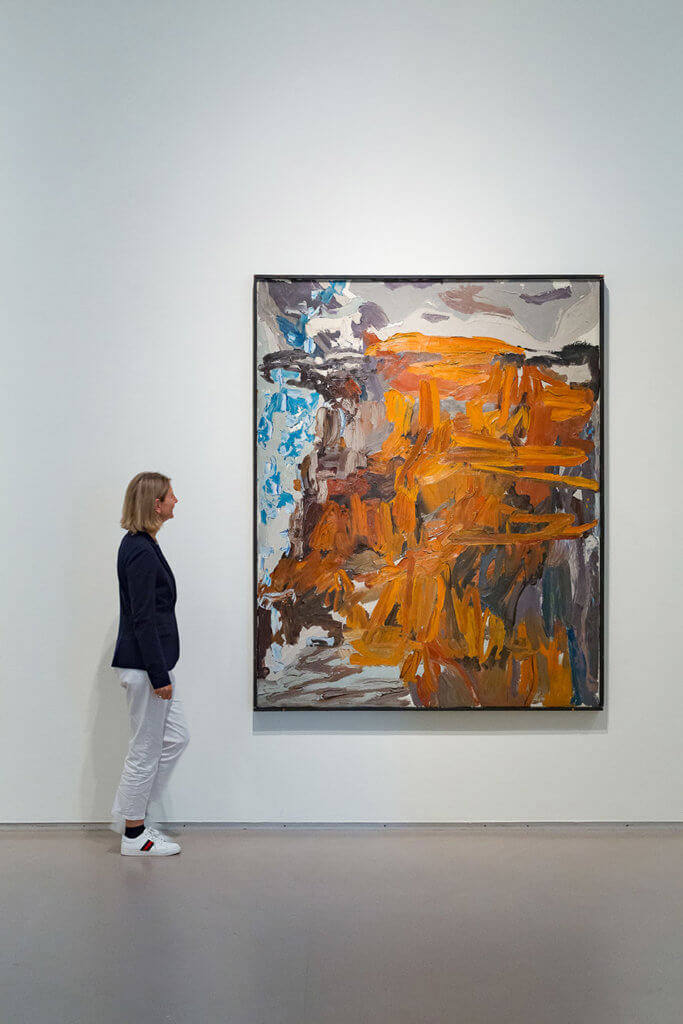
Forgotten: Dora Tuynman and Anneliese Hager
Just like Lotti van der Gaag, Dora Tuynman (1926, Montpellier – 1979, Deventer) participated fully in the life at Rue Santeuil in Paris, where Appel, Constant and Bram Bogart also worked. Her early work in Paris was expressionistic in nature. From 1954 onwards her work became more daring. This development culminated in the 1960s in powerful abstract expressionist works. She was not a member of Cobra and this was never up for discussion. Her paintings, like the work of Cobra members, were described as experimental and were also regularly associated with Cobra. In the course of the 1950s and 1960s, Tuynman had several exhibitions in the Netherlands and in Paris. Gallery owner Iris Clert selected her work for the opening exhibition of her gallery, which soon became the ‘hotspot’ of the Parisian avant-garde – with artists such as Yves Klein and Tinguely. Despite the predominantly positive reactions that Tuynman’s work did receive since the 1950s, it sold poorly. At the end of 1962 she left Paris for good.
…Dora Tuynman increasingly suffered from depression and delusions. She kept telling her family that her monumental panels, wide pastel-waves of abstract leaves and calyxes, made for a church in Emmen, had been destroyed. Nobody believed her anymore. When the family visited the church in Emmen after her death in 1979 – she took her own life in Deventer – it turned out that the most important commission she had ever had, had indeed been taken to a landfill. Such unprecedented stupidity is a drama for every artist, let alone for ‘an elf’ who found little to hold on to in an unwelcoming world… (Marianne Vermeijden in the NRC newspaper on 16 November 1991).
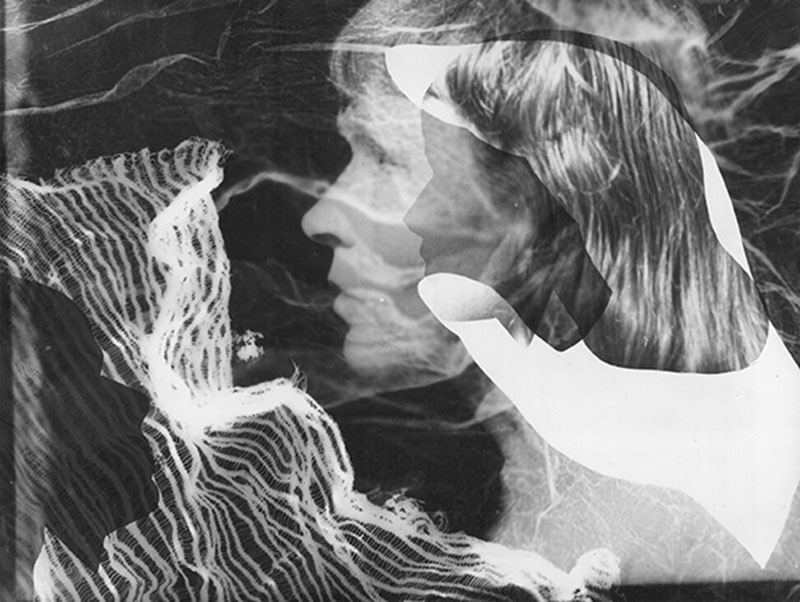
Anneliese Hager (Schneudemühl, now Piła, 1904 – 1997, Korbach) was trained as a photographer in the 1920s. Through her introduction to the work of well-known artists Man Ray and László Moholy-Nagy, she started making photograms in the mid-1930s. In 1934 she met Karl Otto Götz (1914 – 2017), whom she later married. Together with him she performed photographic experiments. The scarcity of material during and after the Second World War was a stimulus for Hager’s creativity. In her photographs she combined natural and abstract shapes using a range of techniques. In this period Hager was a housewife during the day and an artist at night. In 1947 she wrote her best-known collection Die Rote Uhr und andere Dichtungen, in which her photograms were also included. Hager wrote regularly, and published in the magazine Meta, a magazine edited by her husband Götz. Hager and her husband Götz became members of Cobra. However, her contribution was limited to one poem and two photographs in the Cobra magazine. In the course of time, Hagen’s photographic works have fallen into oblivion and they can barely be found now.

Eyewitness of Cobra
Henny Riemens (1928, Amsterdam – 1992) started her training as a photographer with Frits Lemaire in Amsterdam in the late 1940s. At the beginning of 48, she met Corneille. She travelled to Paris with him and took photographs there that were partly based on the Dutch tradition of documentary photography, and partly fuelled by the spirit of the times and the way of thinking of the people around her. As a photographer Riemens actively participated in the Cobra movement: she recorded numerous important moments and is also called the ‘eyewitness of Cobra’. With her photographs of these historical moments, Riemens made a contribution to the creation of the so-called Cobra myth; but as a result her other activities as a photographer have received hardly any attention. In 1977 she made the playful travel guide Neem nou Parijs (Take Paris), with photos by her and text by Jacqueline Wesselius, which attained true cult status. Both Riemens’ name and work did not become very well known to the general public, however, and this is still the case today. When her name does come up in publications, it is often because of her relationship with Corneille.

